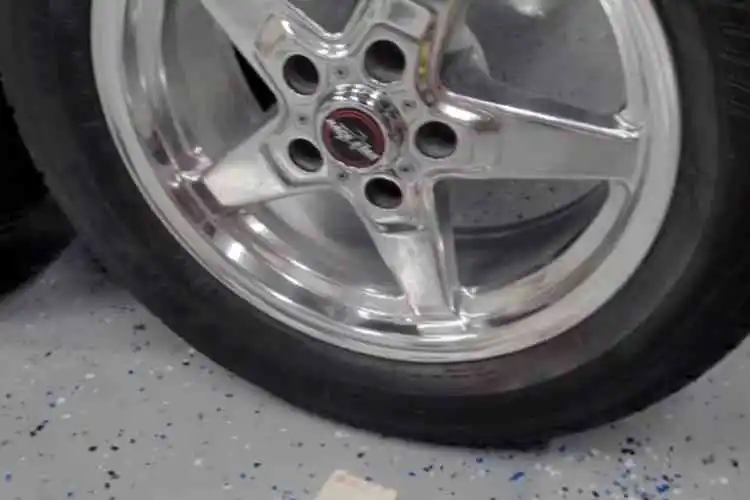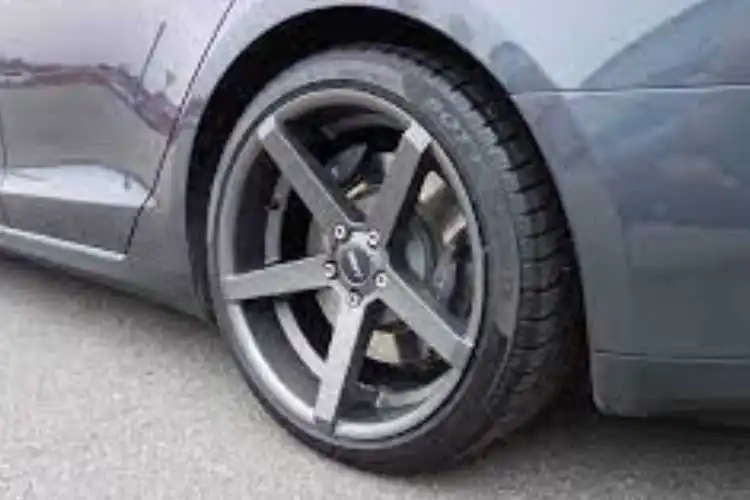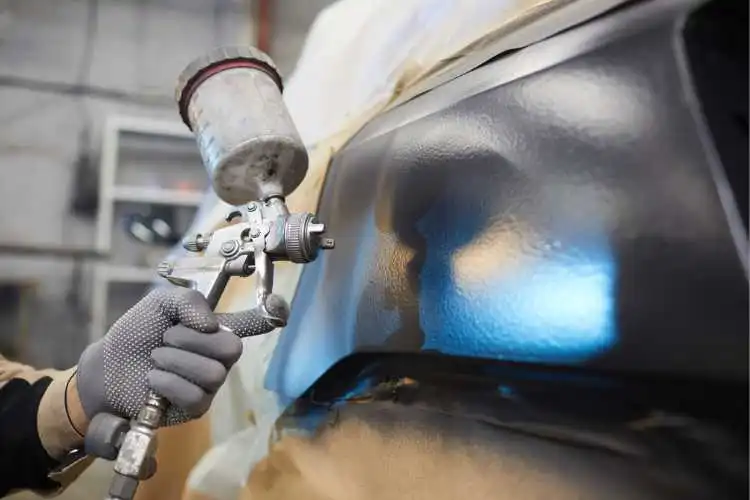7 Common Car Tamco Paint Problems
TAMCO Paint Problems encompass challenges often encountered by users during the application and maintenance of TAMCO automotive coatings.
These issues can range from adhesion difficulties and color inconsistencies to problems related to drying times and finish quality.
Exploring these challenges offers insights into the nuances of using TAMCO paints and underscores the importance of proper application techniques and vigilant maintenance to achieve optimal results.
Understanding these common problems equips users with the knowledge needed to address and mitigate potential issues, enhancing their overall experience with TAMCO paints.
7 Common Car Tamco Paint Problems
Following are the seven common car Tamco paint problems and what you can do to prevent them.
1. Fading
One of the most common paint problems that car owners face is fading. Over time, exposure to sunlight and other environmental factors can cause the paint on your car to lose its luster and fade.
This can be especially noticeable in darker colors. To prevent fading, it’s important to park your car in a shaded area whenever possible.
You can also apply a protective coating to your car’s paint to help prevent fading.
2. Scratches
Scratches are another common problem that can occur with car paint. They can be caused by a variety of factors, such as small rocks and debris on the road or accidental contact with other objects.
To prevent scratches, it’s important to be mindful of where you park your car and to avoid parking near bushes or other objects that can rub against your car’s paint.
You can also apply a protective film to your car’s paint to help prevent scratches.
3. Peeling
Peeling is a problem that can occur when the paint on your car begins to separate from the surface of the car.
This can be caused by a variety of factors, such as exposure to moisture or chemicals. To prevent peeling, it’s important to keep your car clean and dry.
You should also avoid using harsh chemicals or abrasive materials when cleaning your car’s paint.
4. Chipping
Chipping is another common problem that can occur with car paint. It can be caused by small rocks and debris on the road or accidental contact with other objects.
It’s important to be mindful of where you park your car and to avoid parking near construction sites or other areas where debris may be present.
You can also apply a protective coating to your car’s paint to help prevent chipping.
5. Cracking
Cracking is a problem that can occur when the paint on your car becomes brittle and begins to crack.
This can be caused by exposure to extreme temperatures or prolonged exposure to sunlight. To prevent cracking, it’s important to park your car in a shaded area whenever possible.
You can also apply a protective coating to your car’s paint to help prevent cracking.
6. Swirl Marks
Swirl marks are small scratches that can occur on the surface of your car’s paint. They are often caused by improper washing techniques, such as using a dirty sponge or towel.
To prevent swirl marks, it’s important to use a soft, clean sponge or microfiber towel when washing your car.
You should also avoid using circular motions when washing your car and instead use straight lines.
7. Hazing
Hazing is a problem that can occur when the paint on your car becomes cloudy or hazy. This can be caused by exposure to certain chemicals or environmental factors.
To prevent hazing, it’s important to avoid using harsh chemicals or abrasive materials when cleaning your car’s paint.
You should also avoid parking your car near areas where chemicals or pollutants may be present.
How To Prepare Your Car’s Surface For Tamco Paint Application?
Preparing your car’s surface for TAMCO paint application involves meticulous steps to ensure optimal results.
Begin by thoroughly cleaning the surface, removing dirt, grease, and contaminants. Next, sand the existing finish to promote adhesion, using appropriate grits for desired smoothness.
Repair any dents, scratches, or imperfections, then apply a suitable primer for enhanced paint adherence. Properly mask areas to be protected, allowing for precise paint application.
Prior to painting, ensure a dust-free environment and use recommended TAMCO products, following prescribed mixing ratios.
This systematic approach ensures a well-prepared surface, facilitating the even and durable application of TAMCO paint.
Why You Should Choose Tamco Paint?
Opting for TAMCO Paint is a judicious choice due to its distinguished attributes. Renowned for its exceptional quality and advanced formulations, TAMCO offers an extensive palette of automotive and industrial coatings.
These paints exhibit remarkable durability, UV resistance, and color retention. TAMCO’s commitment to innovation is evident through its cutting-edge technology that yields smooth finishes and efficient coverage.
Furthermore, TAMCO’s customer-centric approach translates into comprehensive technical support and customization options, catering to the diverse needs of professionals and enthusiasts alike.
This amalgamation of superior performance and customer-focused services positions TAMCO Paint as a preferred choice in the realm of coatings.
Why It’s Important To Have Your Car Painted By A Professional?
Engaging a professional for car painting is vital due to their expertise and specialized equipment.
Professionals ensure meticulous surface preparation, mitigating issues like uneven application and adhesion problems. Their adeptness in color matching and coating techniques guarantees a flawless finish, enhancing the aesthetic appeal and resale value.
Moreover, professionals adhere to environmental regulations, utilizing eco-friendly practices. Their experience minimizes potential errors, yielding durable coatings and saving time and resources.
Ultimately, entrusting professionals safeguards the investment and elevates the overall quality of the car painting process.
Conclusion
In conclusion, there are several common car Tamco paint problems that can occur over time. However, by taking the proper precautions, you can prevent many of these problems from occurring in the first place.
By parking your car in a shaded area, using a protective coating, and being mindful of where you park, you can help keep your car’s paint looking its best for years to come.
And by using proper washing techniques and avoiding harsh chemicals, you can prevent scratches, swirl marks, and hazing. So, take care of your car’s paint and it will take care of you!




